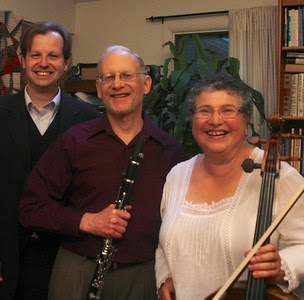20th-century American music, never a surefire draw on symphony orchestra programs, earns its keep on the ISO schedule this weekend

Jeffrey Kahane displayed flair and sensitivity. The odd absence on most American orchestra schedules of American music has been a puzzle to me ever since the bicentennial boomlet of that repertoire in 1976. Naively, I thought widespread acquaintance with American composers would whet the appetites of managements and audiences alike to wave the flag, musically speaking, and everyone would benefit year after year. It never happened, though the market allure of world premieres has swelled the number of fresh commissions from composers with a social security number. What about those deuxiemes, those troisiemes, and so on? Better not ask. Well-known names and familiar pieces from the American catalog can still bring out the crowds, however, as was evident at Hilbert Circle Theatre Friday night, when guest artist Jeffrey Kahane played and conducted an all-American concert with the Indianapolis Symphony Orchestra. Kahane, appearing for the eighth time as an ISO guest over a 32-y...






.jpg)





.JPG)


